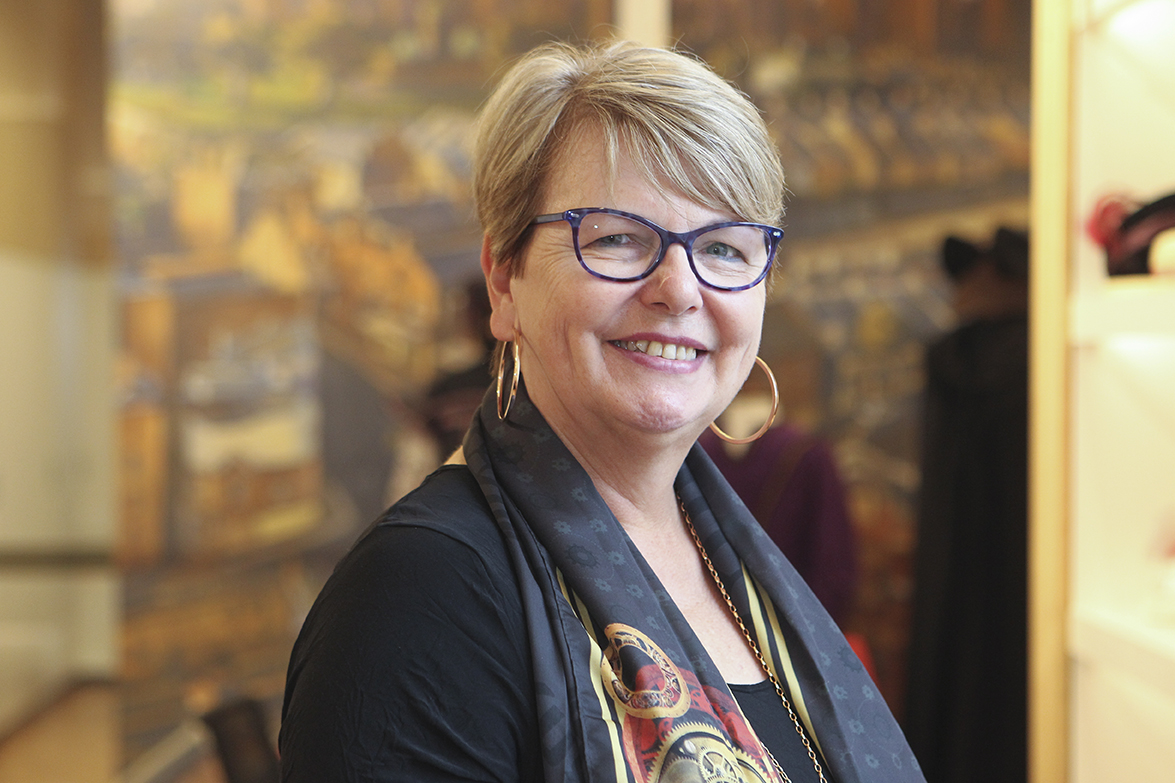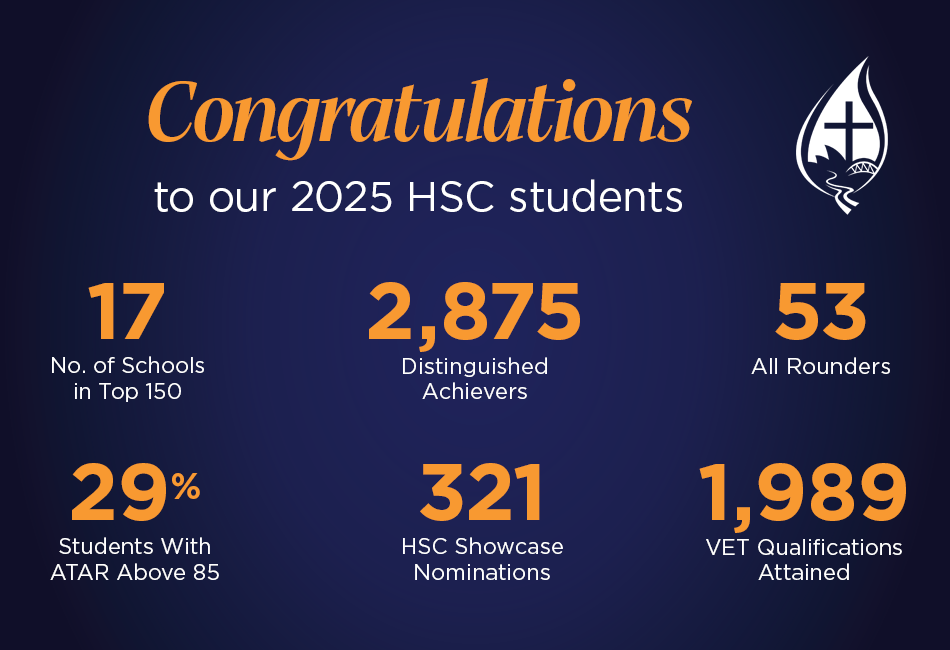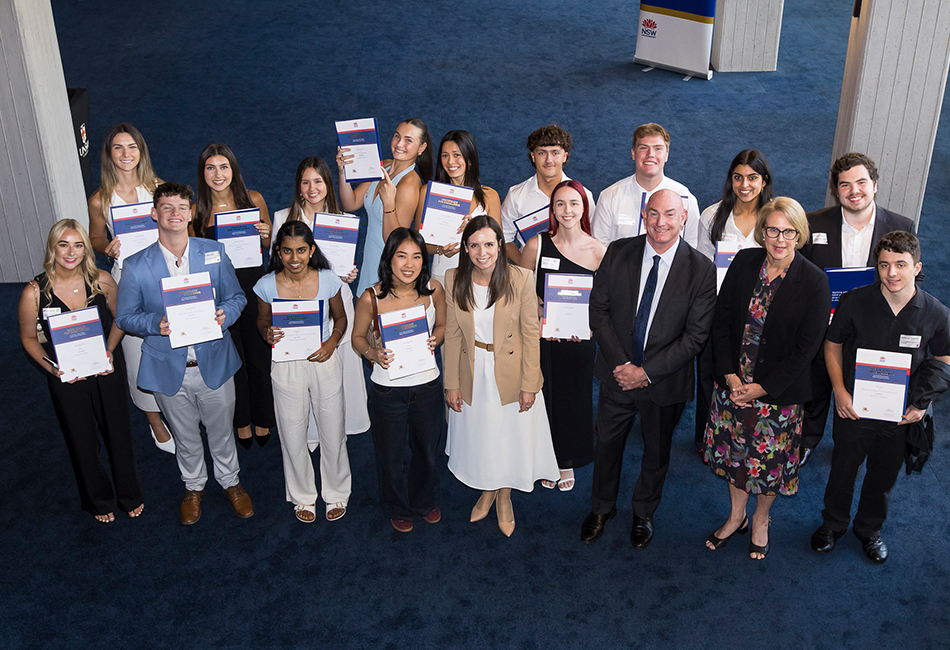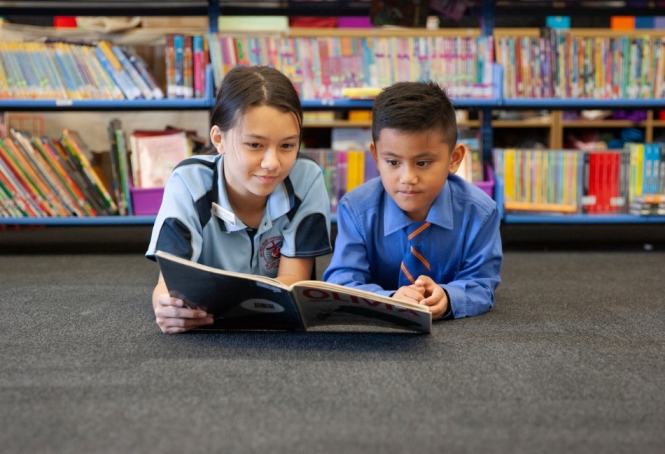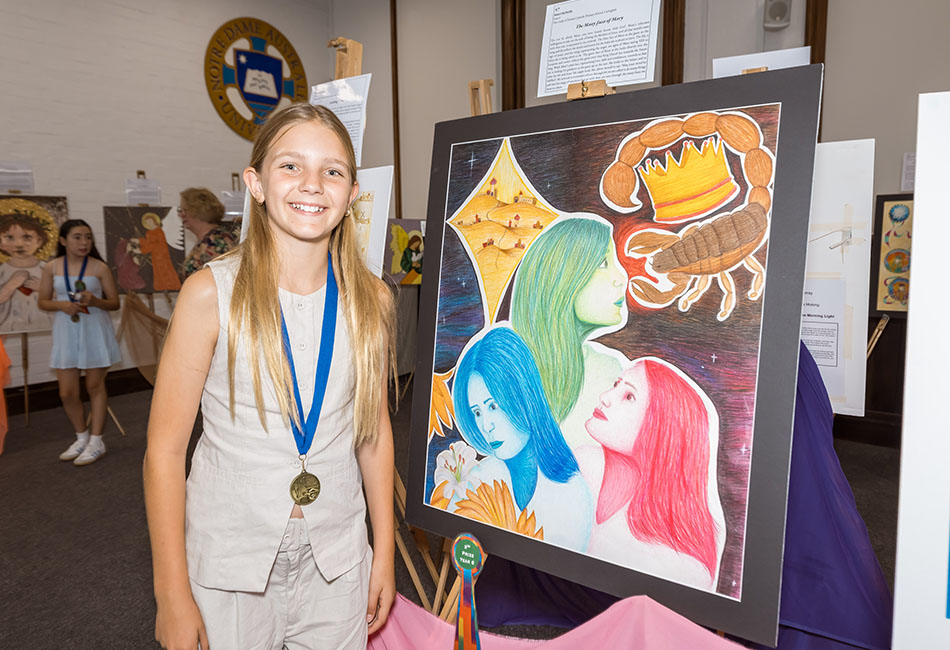Two teacher librarians from Sydney Catholic schools share insights into their role.
Sharon Seymour, a teacher librarian at All Hallows Catholic Primary School Five Dock, reviews books for the Children’s Book Council of Australia and Premier’s Reading Challenge.
She is passionate about promoting a love of reading.
“I want students to enjoy a text; to think deeply about how it is making them feel and make connections using those comprehension skills that develop them as good readers like predicting and asking questions,” Ms Seymour said.
She believes students who read for pleasure do better in school across all curriculum areas.
Ms Seymour said cyber safety, STEM and information literacy were now critical parts of the role.
“For children to be information literate they need to be able to use technology and be responsible, ethical users of information,” she said.
“They need to be able to evaluate websites for relevance, currency and credibility, taking care to be aware of conflicting information and differing viewpoints.”
“Children are so lucky because they have an amazing amount of information available to them; on the other hand they have no idea whether it is credible” – Sharon Seymour
“It is up to them as users to be able to decipher what is out there, and that is very hard,” Ms Seymour said.

St Ursula’s College Kingsgrove’ Resource and Information Coordinator, Elizabeth Lansdown, said honing students’ research skills, supporting their wellbeing and instilling a love of reading were all part of the average day in a high school library.
She is the Teacher Librarian Professional Learning Community (TLPLC) chair.
“Often the library is the place where kids can go and feel safe, and take time out from the business of the day” – Elizabeth Lansdown
“It’s one of those jobs where you have a plan of what you think is going to happen in a day, but often you just don’t know what is going to walk through the door,” Mrs Lansdown said.
OLIVER & MANGA
St Ursula’s uses LearnPath guides in the library’s learning management system, Oliver, to give students access to subject-specific resources.
“Within Oliver I can create pages for particular units of work or themes,” Mrs Lansdown said.
“I can highlight our print resources, link in websites and online databases that we subscribe to and put it all into one place.
Multimodal texts are also used throughout the grades to hone students comprehension and visual literacy skills.
“We have a program with Year 8 and 9 where picture books are embedded into the program, and we use graphic novels in Year 9,” Mrs Landsdown said.
“We cover a lot of different modes of literature.”

